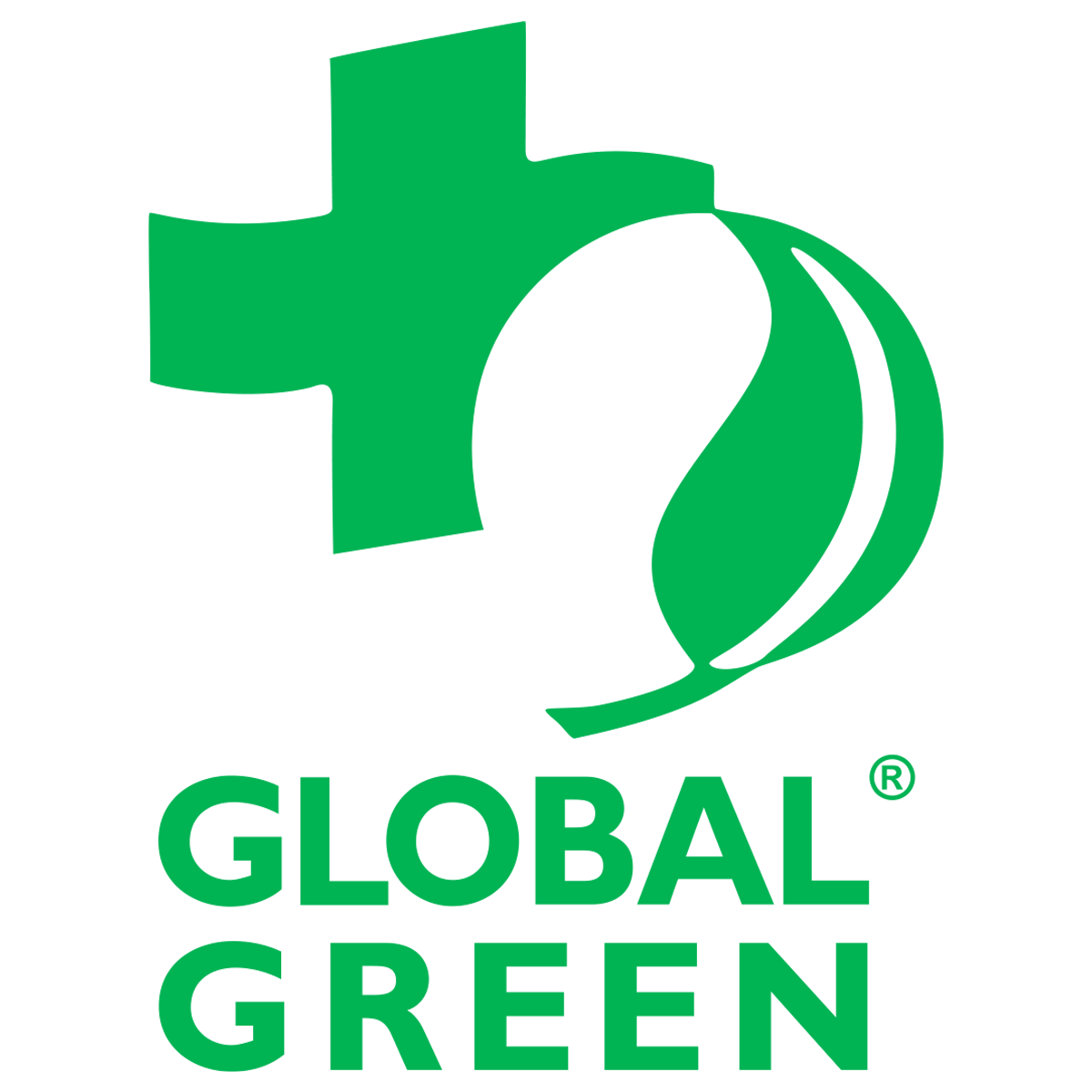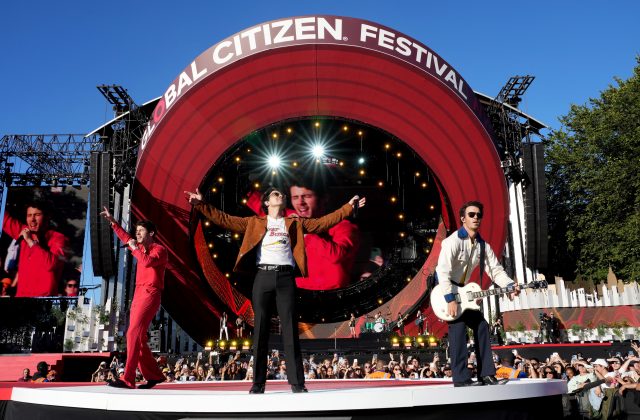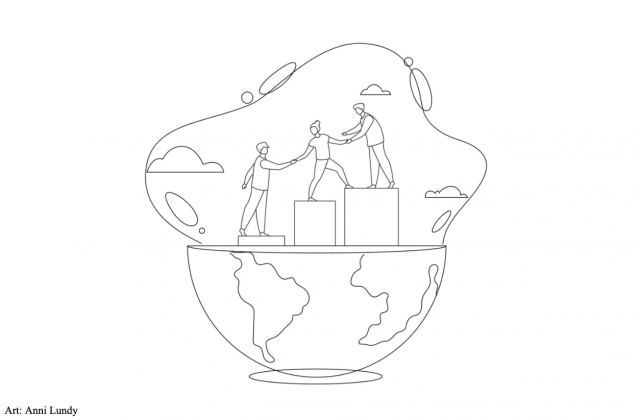
NICOLE RANKIN JUNE 11, 2020
I loved the sunshine… until I moved to the city of Los Angeles.
Now, I hope for rain.
It all started one morning when my lymph nodes enlarged, my throat stiffened, and my head throbbed. At first, I thought I caught a mild virus because I was still able to function at work.
When I mentioned this to a colleague of mine, they said they felt the same way. While thinking we could both have allergies, I checked the index, but it was low for the day.
Beyond my desk, I could see the city skyline, and beyond the horizon lied brown smog.
The colleague said, “Foggy today, huh?”

“That’s not fog, that’s smog,” I replied. But, something clicked: The smog created my symptoms.
I opened the air quality index app on my iPhone. It was 99 on the scale, where it stated, “Unhealthy for Sensitive Groups.” Every day since then, I’ve checked the air quality on my phone. Over time, I’ve noticed on good days I’m well, but on moderate days, I have strange symptoms. Moderate or high pollution days arise after a long stretch of sunny, warm days.
But, this isn’t a coincidence. Air quality is worse on warmer days due to smog developing when sunlight and heat combine with air pollutants.
When I’ve mentioned this in conversation, a common response is, “Are you sure? I’m not bothered!”
If you’re one of the individuals who are not physically disturbed and have no inclination to improve it, take a moment to see the bigger picture.
Everyone is affected, including you.
You are more likely to develop respiratory and cardiovascular diseases, eye irritation, neuropsychiatric issues, skin diseases, and chronic diseases like cancer.
And, there are many people who are more susceptible to these issues on a regular basis:
- People with asthma
- People with cardiovascular heart disease
- People with lung disease
- Pregnant women
- The unborn babies of pregnant women
- Older adults
- Children
- Children with asthma and other health issues

Children are especially vulnerable to air pollution because their organs are still going through development. Their lungs and immune systems are still maturing, and their health is greatly influenced by their environmental surroundings.
If they breathe in pollution, they increase their likelihood of becoming ill with respiratory infections.
Children tend to play outside, but on high pollution days, the outdoors becomes a perfect place to breathe in toxic fumes.
Which leaves one question: Do you want to protect yourself, children, and other vulnerable individuals around you?
Here are ten ways you can help:
1) Turn off those lights
Every time you walk out of a room, turn off the lights and any other electronics. It’s simple, effective, and will not only the save environment, but also your money.
Traveling from point A to point B is faster than you believe and what your GPS estimates. It will save gas, the environment, and perhaps, a trip to the doctor.
3) Use better bulbs

Once your lightbulbs go out, replace them with energy-efficient bulbs. The upfront cost is more expensive, but it will save you money in the long run. An LED ( Light Emitting Diodes) bulb lasts for around 50,000 hours, or 11 years.
4) Carpooling is your friend
Ask your coworkers, or friends if they’d like to carpool. When Ubering, choose Uber Pool. Remember, saving the environment will also save you money.
5) Condense errands into one trip
Do all your errands on the same trip while driving home from work. If you work from home, try to save your shopping for a single day a week.
6) Meatless Mondays (or, Meatless Every Day)

Cows produce methane, and methane is a harmful greenhouse gas, 28 times more powerful than carbon dioxide.
Climate change causes global temperatures to rise and more droughts to form, creating the perfect atmosphere for smog to amplify.
Meatless Mondays are the perfect way to will lessen your negative environmental impact.
It’s simple to do and again, will save your money in the long run. Eventually, as you learn new, healthy meals, it’ll become easier to lessen the consumption of meat in your diet.
7) Set your thermostat to save energy
In sunny California, it’s not always necessary to use AC on full blast. Open the windows and turn off the air. For days that are too hot, setting your air temperature to 78 degrees will reduce energy consumption significantly, while still keeping you cool.
8) Use public transportation

When commuting from Orange County to Los Angeles, I purchased a monthly pass at a set rate. The pass includes the use of both the Pacific Surfliner and the Metrolink. The Surfliner exceeded all expectations I had. It has recliner seats, Wi-Fi, and a café, where you can purchase coffee, food, or alcohol.
For in-city travel, I prefer to take the Expo Line to Downtown or Santa Monica when I can. It’s cheap, and your Tap card funds allow you to use 25 transit systems, including the Metro bicycles. LA’s metro system currently has 93 different stations.
9) Use environmentally friendly cleaners
Some cleaning supplies can cause throat and eye irritation, headaches, and other health problems. Try avoiding products containing volatile organic compounds (VOCs) and aerosol.
10) Fill your tank up when it’s cooler outside
Heat and sunlight intensify the toxic pollutants in the air. When you fill your gas tank up, these emissions leak into the atmosphere. Try getting gas during the cooler hours of the day, such as the morning or nighttime instead.
It’s easy to make these insignificant changes to your lifestyle. In the long run, it will not only help our planet, but it will also help everyone who lives on it!




